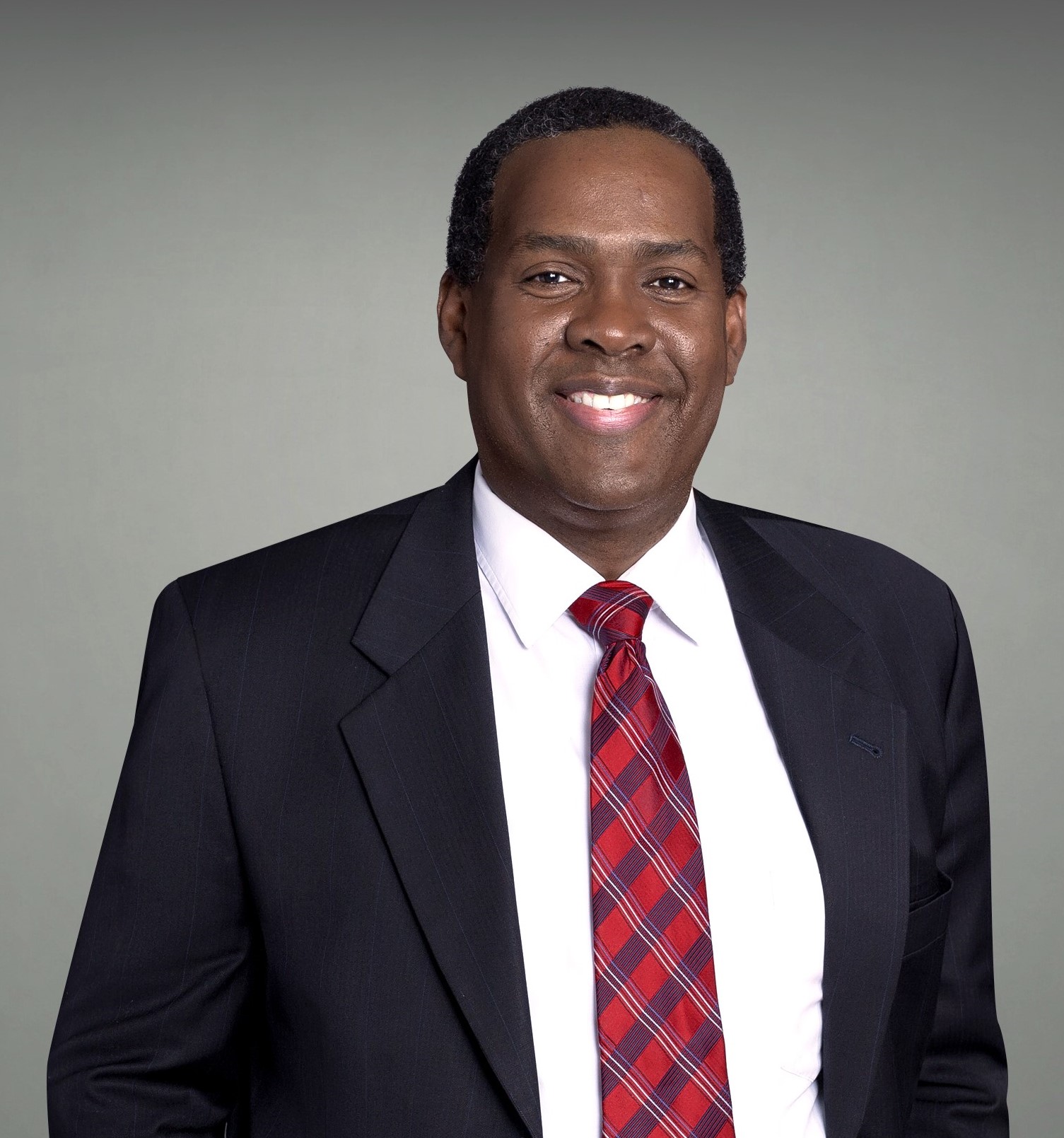NIMHD’s Conversations with Pioneers in Minority Health and Health Disparities
As we celebrate Black History month this year, we are recognizing pioneer researchers in minority health and health disparities whose career trajectory has been shaped by the NIMHD-sponsored Loan Repayment Program and subsequent research program grants. Meet Dr. Girardin Jean-Louis.

Girardin Jean-Louis, Ph.D.
Dr. Jean-Louis is a Professor of Population Health and Psychiatry at New York University Langone Health in New York. His research focuses on advancing the science and practice of sleep and circadian sciences through the implementation of innovative academic research and training models.
Over the last 20 years, Dr. Jean-Louis has built and maintained a community-academic network to conduct community-engaged research in sleep medicine and circadian sciences. He has implemented solution-focused and patient-centered research to improve adherence to medical care. He has established interdisciplinary collaborations to implement interventions aimed at improving health equity in various underserved communities nationally, and globally. Dr. Jean-Louis currently directs several training/mentoring programs aimed at developing a network of underrepresented minority (URM) investigators in the areas of cardiovascular disease and brain health.
Q & A with Dr. Girardin Jean-Louis:
How is your research impacting public health?
My research team at NYU Langone has played a leadership role in translational sleep and circadian sciences. We apply innovative scientific and methodologic approaches, and implement best practices to conduct high-quality sleep and circadian research.
I have been involved in several important NIH-funded studies, which have led to over 300 publications. My research addresses how sociocultural and environmental determinants of health behavior prevent access to adequate care in low-income and URM communities, which are disproportionately burdened by adverse cardiovascular outcomes and brain injury. My current work is focused on identifying barriers to timely diagnosis and treatment of sleep apnea-related metabolic conditions and brain health in minorities. My studies also aim to engage multiple stakeholders (e.g., patients, providers and community health champions) in developing personalized messages to promote health literacy and active participation in medical decision-making.
How has the Loan Repayment Program (LRP) impacted your career?
The LRP was useful in providing protected time early in my academic career. I used this time to develop and sustain a community-engaged platform to conduct health equity research in direct consultation with community health champions.
What was your motivation in becoming an independent research investigator?
The thrust of my research program has been motivated in part by my observation of important research gaps in biomedical and behavioral research. They include underlying mechanisms of sleep disorders, their impact on cardiovascular and brain health among disadvantaged ethnic groups, and personalized models to address factors that cause health disparities in older adults and those with Alzheimer’s disease.
What impact do you think workforce diversity has on biomedical/behavioral research?
The need for a diverse academic workforce is necessary to foster innovative research and implement novel models to address health conditions affecting the US population. To address this, I have implemented NIH-funded programs to train URM scientists and physicians over the last 12 years. These programs focus on developing culturally-responsive models that address health conditions affecting URM populations.
Is there a particular challenge you had to overcome in your career; and what advice would you give to the next generation?
An important challenge I faced early in my academic career was the transition from primarily laboratory-based to community-engaged research. My decision to pursue health equity research in the field of sleep medicine and circadian sciences found little support among some of my mentors and career coaches, given its uniqueness and lack of URM role models. Thus, developing and sustaining a successful research program has necessitated an unyielding determination, discipline and perseverance to succeed academically and professionally. Judging from my experience, early-stage URM investigators will be well served to identify academic networks that promote the application of their unique experiences to benefit their career development. Additionally, developing a mentorship team with congruent academic backgrounds and interests is also critical to foster a successful and impactful academic career.
What is your vision for health equity in this new decade?
Evidence shows that treatment by practitioners of similar racial/ethnic heritage is associated with higher patient satisfaction, trust-building, active participation in the clinical encounter and more effective communication. Consistent with this evidence, there is an urgent need to train more URM physicians and scientists to eradicate health disparities that have remained recalcitrant despite the availability of novel diagnostic tools and therapies. In that regard, there should be a greater emphasis on supporting programs designed to build a sustainable pipeline to increase workforce diversity at the highest level of academic medicine. Such investments will help achieve the national agenda to improve health among all US communities. More specifically, it is my expectation that current research by our team at NYU Langone, as well as on-going work by our colleagues, will lead to a significant reduction in observed disparities in sleep-related cardiovascular disease and brain injury, thus achieving the goals of Healthy People 2030.
Page updated Dec. 24, 2024

















